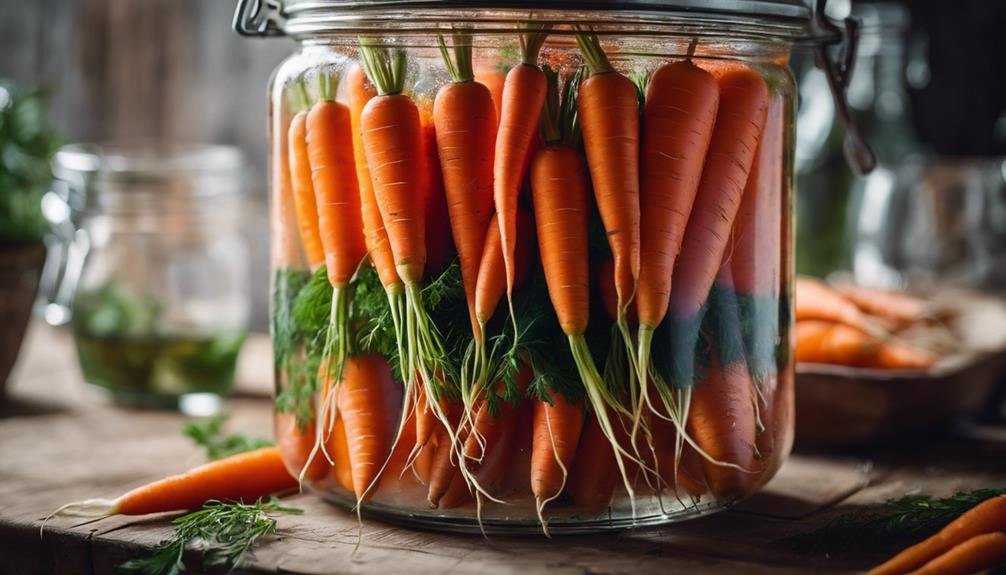You might not know this, but washing beef before cooking could be doing more harm than good. It’s a common practice, believed to rid meat of bacteria and make it safer for consumption. However, this routine might inadvertently spread germs around your kitchen, raising the risk of cross-contamination rather than mitigating it.
As we unpack the misconceptions surrounding this practice, you’ll reveal safer, more effective ways to handle and prepare beef for your meals. Let’s investigate why experts advise against washing beef and what you should do instead to guarantee your food is safe and savory.
Washing Beef Key Takeaways
- Rinsing beef before cooking increases the risk of kitchen cross-contamination.
- Store-bought beef is already cleaned, making additional washing unnecessary.
- Proper cooking temperatures ensure beef safety, not rinsing.
- Washing beef can introduce harmful chemicals if not using water.
Understanding Cross-Contamination Risks
When handling raw beef, it’s important to understand that washing it before cooking can inadvertently spread harmful bacteria, increasing the risk of cross-contamination in your kitchen. Though seemingly harmless, this act launches bacteria onto countertops, sinks, and other surfaces, setting the stage for cross-contamination meat scenarios that can escalate to serious foodborne illness. The splashback from rinsing under a tap doesn’t just stay in the sink; it’s a catalyst for spreading pathogens far and wide across your cooking area.
Furthermore, this practice of raw meat washing overlooks a fundamental aspect of meat preparation safety—cooking meat to the right temperature is what kills bacteria. The emphasis should be on kitchen hygiene, ensuring that surfaces and utensils are thoroughly cleaned after they’ve been in contact with raw beef. By focusing on these aspects rather than rinsing the meat, you’re taking a significant step towards safeguarding your health and that of your loved ones.
Proper Raw Meat Handling Techniques
To prevent cross-contamination in your kitchen, it’s important to handle raw beef correctly, avoiding washing before cooking. You’re likely aware of the risks of washing raw meat before cooking, including the spread of foodborne pathogens through splashback onto your kitchen tools and surfaces. To keep your kitchen safe, you should adopt practices that prevent cross-contamination when cooking meat.
Keep raw beef in its original packaging until you’re ready to cook. Use separate cutting boards and knives for raw meat, and consider using food-safe gloves. It’s vital to wash and sanitize all kitchen tools that come into contact with raw meat immediately after use. This can be done by washing them with hot, soapy water or running them through the dishwasher.
Furthermore, cooking poultry and beef safely isn’t about washing them but ensuring they reach the recommended internal temperatures: 145°F for finned fish and red meat, 160°F for ground meat, and 165°F for poultry. A food thermometer is the best way to ensure these temperatures are met, effectively killing any present pathogens without the need for washing.
Myths of Washing Meat Debunked

Despite common beliefs, washing beef before cooking raises the risk of spreading bacteria like Salmonella and E. coli, debunking the myth that it’s necessary for food safety. Rinsing meat under the tap doesn’t remove pathogens; instead, it splashes these unwelcome guests onto your sink, countertops, and possibly other food. The USDA, a leading authority on food safety, firmly advises against washing meat for these reasons.
You’re not just risking your health but also compromising the cleanliness of your kitchen through cross-contamination. If you truly desire freedom from foodborne illnesses, the key lies in how to handle raw meat in the kitchen. Keep it sealed until it’s time to cook, use separate utensils for raw and cooked meat, and most importantly, focus on cooking meat to the right temperature instead of washing it.
These food safety tips empower you to maintain a hygienic cooking environment, reducing the risk of Salmonella, E. coli, and other diseases. Embrace these practices, and you’ll ensure not just the safety of your meals but also uphold the highest standards of kitchen cleanliness, all without the need to wash your beef before cooking.
Essential Cooking Temperatures for Safety
Cook beef to the correct internal temperatures—145°F for steaks and roasts and 160°F for ground beef—to safely destroy harmful bacteria. Using a food thermometer is the only way to ensure you’re hitting those important cooking temperatures, ensuring safe consumption and peace of mind.
Here’s a quick guide to keep handy:
| Type of Beef | Internal Temperature |
|---|---|
| Steaks and Roasts | 145°F |
| Ground Beef | 160°F |
| Mixed Dishes (e.g., meatloaf, casseroles) | 160°F |
Reaching the right internal temperature is important in eliminating foodborne pathogens that could make you sick. It’s not just about taste—it’s about your health. By adhering to these temperatures, you’re taking a stand against potential illness, ensuring you, your family, and your guests can enjoy beef without worry.
Preventing Kitchen-Wide Contamination

Understanding the right temperatures for cooking beef is just the beginning; it’s also important to prevent kitchen-wide contamination by handling beef properly and avoiding rinsing it before cooking. Here’s how you can maintain freedom in your kitchen without falling victim to the traps of contamination:
- Use Separate Cutting Boards and Knives: Reserve one cutting board strictly for beef and another for veggies. This simple act can significantly reduce the risk of cross-contamination, especially between beef, poultry, and ready-to-eat foods.
- Wear Food-Safe Gloves: Handling ground meats and poultry with food-safe gloves can add an extra layer of protection. Just remember to change them between tasks to keep everything clean.
- Sanitize Religiously: After preparing beef, use the right detergents and sanitizers to clean your surfaces and tools. This doesn’t mean a quick rinse; it means thoroughly scrubbing down everything that came into contact with raw meat.
- Store Smart: Keep raw beef separate from other foods in the fridge, ideally on the lowest shelf. This prevents any accidental drips from contaminating other items.
Frequently Asked Questions
Do You Need to Wash Beef Before Cooking?
No, it is not necessary to wash beef before cooking. Washing beef can spread bacteria around your kitchen. It’s best to rely on reaching the proper cooking temperatures to ensure the beef is safe to eat. Not rinsing meat also helps maintain a cleaner kitchen environment.
Why Clean Your Meat With Vinegar?
Cleaning your meat with vinegar can help minimize surface bacteria, thus ensuring its cleanliness. This method is favored in various cultures for its ability to enhance flavor, avoid harsh chemicals, and lower the risk of cross-contamination.
Is It OK to Wash Meat Before Freezing?
Washing meat before freezing it is not recommended. This practice can elevate the risk of cross-contamination and does not enhance the meat’s safety. To preserve its quality and minimize the chance of bacterial spread, it’s best to freeze meat in its original packaging or airtight containers.
Why Don’t You Wash Ground Beef?
Washing ground beef is not recommended due to the risk of spreading bacteria around your kitchen, creating opportunities for cross-contamination. It is unnecessary as cooking the ground beef to the appropriate temperature effectively kills bacteria, ensuring your meal is safe, and your kitchen remains clean.
Conclusion
So, you’ve learned the truth: washing beef isn’t just unnecessary; it’s risky. Ensure the safer route by keeping beef in its packaging until cooking, using separate utensils, and cooking to the right temperatures.
Ditch the myth of rinsing meat to avoid cross-contamination and ensure your delicious and safe meals. Remember, it’s all about smart handling and proper cooking.
Now, you’re equipped to handle beef confidently in your kitchen without second-guessing. Stay safe, and enjoy your cooking!


